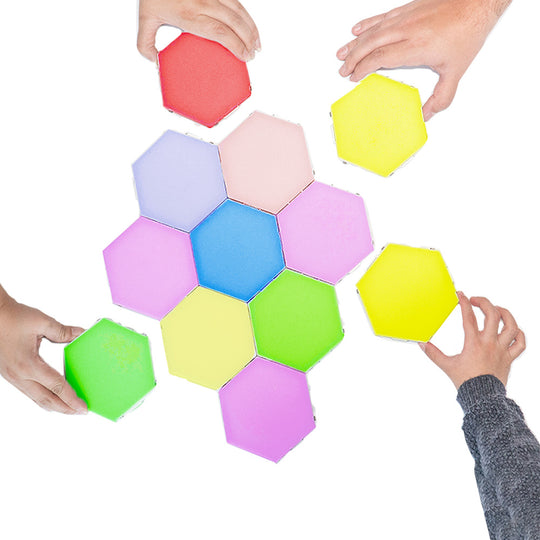
Welcome to the vibrant world of sensory stimulation, where the colors are brighter, the textures are richer, and every touch and sound is a step toward cognitive growth. Imagine a playground for the mind, where children with autism can explore and learn in a way that's tailored just for them. It's not just play; it's a journey through the senses that beckons the brain to wake up and dance to its unique rhythm.
The Symphony of the Senses
Children with autism experience the world differently. Their senses - touch, smell, taste, sight, and hearing - may not work together as seamlessly as they do for others. This is where sensory integration therapy steps in, conducting an orchestra of sensory experiences to help these children learn to use all their senses in concert. It's a therapy that's music to the ears of many parents, as it can lead to improvements in challenging or repetitive behaviors linked to sensory processing difficulties.
And the numbers are striking - research suggests that up to 95% of children with autism may face these sensory integration challenges. The beauty of sensory stimulation tools is that they're not just therapeutic; they're engaging and fun, sparking joy in children as they learn and grow.
Now, let's dive into the world of touch and visual stimulation, where we can literally feel and see the brain benefits unfolding before our eyes.
The Magic Touch
Touch is a powerful sense, especially for children with autism. It can be a gateway to learning, a calming presence, or a source of joy. Sensory toys that encourage touch, like textured balls or squishy toys, invite children to explore and understand their sense of touch in a safe and controlled environment.
But it's not just about the act of touching. It's about what happens inside the brain when children with autism engage with tactile stimuli. This sensory input can help forge new neural pathways, enhance focus, and decrease anxiety, leading to a more integrated sensory experience.
And then there's the visual aspect of sensory stimulation. Bright colors, patterns, and lights can captivate and hold the attention of a child with autism, offering a visual feast that's more than just eye candy. It's a form of visual therapy that can improve eye-tracking, coordination, and even social skills.

Take, for instance, the Modular Touch Sensitive LED Light, a sensory tool that combines both touch and visual stimulation. As children interact with this light, they're not just playing. They're enhancing their sensory integration and cognitive development.
The Brain Benefits of Sensory Play
When children with autism engage in sensory play, they're doing more than just having fun. They're participating in a crucial process that supports their cognitive development. Sensory play helps build nerve connections in the brain's pathways, which leads to a child's ability to complete more complex learning tasks. It also supports language development, cognitive growth, fine and gross motor skills, problem-solving skills, and social interaction.
Sensory play is also incredibly adaptable. It can be tailored to each child's individual needs, ensuring that they're not overwhelmed but are still challenged enough to grow. It's a way to meet children where they are and help them get to where they're going.
And let's not forget the emotional benefits. Engaging with sensory stimulation tools can provide comfort, build confidence, and even lead to bursts of laughter and happiness. It's a holistic approach that nurtures the mind, body, and spirit of children with autism.
As we navigate the sensory world, we find a treasure trove of tools and toys designed to delight and educate. From sensory bins filled with beans to chewable jewelry, each item has the potential to unlock new doors of perception and understanding for children with autism.
And let's not underestimate the power of a supportive community. Blogs and collections of resources can offer guidance, share stories, and provide a sense of solidarity for families on this sensory journey.
In the end, it's about more than just sensory tools. It's about creating a world where children with autism can thrive, where their unique ways of experiencing the world are celebrated, and where every sense is a pathway to growth and joy. Let's embrace the sensory adventure and watch as our children reach new heights of cognitive development.









Leave a comment